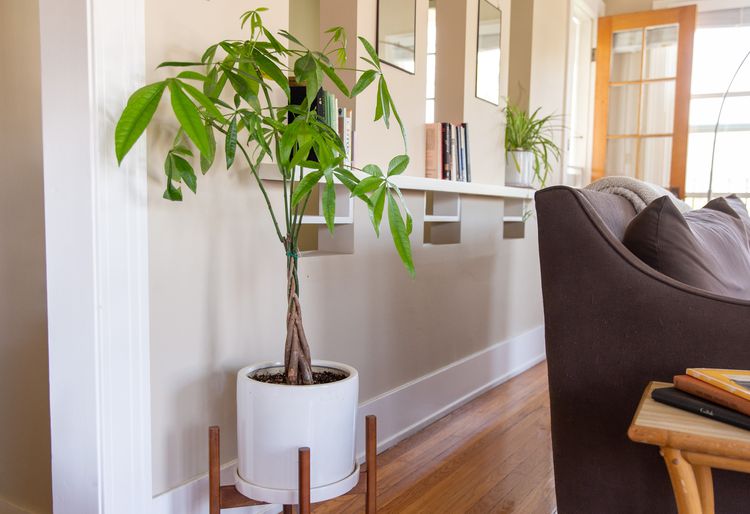In today’s life tips, we learn more about the Feng shui money plants. We’ll teach you why plants are so important in feng shui, what are money plants, and how to place them in your home.
What Are Money Plants?
The common name “money plant” or “money tree” is used for dozens of different plant species from around the world. The name assignment can be for a variety of reasons, as with plants that have leaves with a coin-like shape. Or, as in the case of Feng Shui practice, some plants have a long symbolic association with wealth and prosperity. These species are often used strategically as indoor houseplants to direct feng shui energy toward creating financial good fortune.
Why Are Plants Used in Feng Shui?
You’ve probably noticed that feng shui practitioners tend to love plants. Houseplants are helpful feng shui adjustments for a few reasons. First, having plants inside our homes helps reconnect us to nature. In our current world, we spend so much time inside that we can feel disconnected from the natural world around us. Indoor plants are a great way to remedy this and help bring nature inside our spaces.
Plants also represent the wood element, which symbolizes growth, flexibility, and kindness. Taking care of another living thing, including a plant, can help you cultivate compassion, and you can watch them grow and thrive as you continue to care for them. Plants are also a source of healthy, vibrant life qi and can uplift the energy in your home.
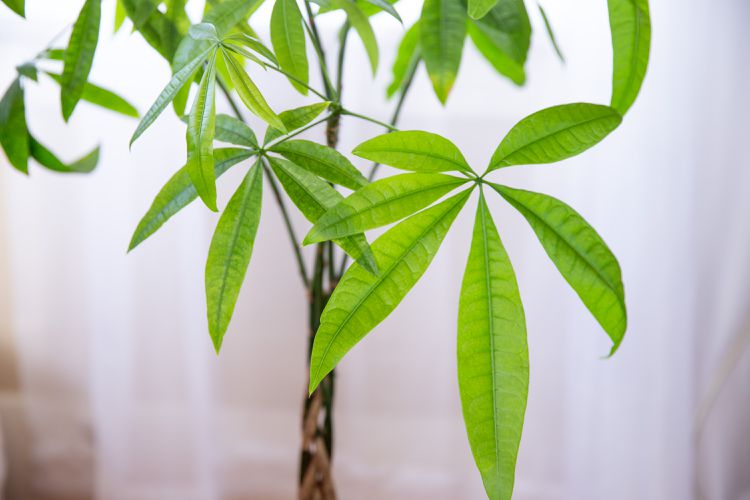
8 Common Types of Feng Shui Money Plants
There are several kinds of plants known as “money plants” in feng shui. These plants can be especially helpful in supporting intentions to bring in more wealth and abundance, and for inviting more growth in that area of your life.
Pilea Peperomioides
One of these plants is Pilea peperomioides, also known as the coin plant, or Chinese money plant. It has round, shiny leaves that resemble coins. Pilea is low maintenance and does best with medium light. It is also easy to propagate and share with friends, which can help you to feel even more abundant! When the little babies pop up, be sure to share the wealth. Being generous and sharing what you do have is an important factor in welcoming more prosperity.
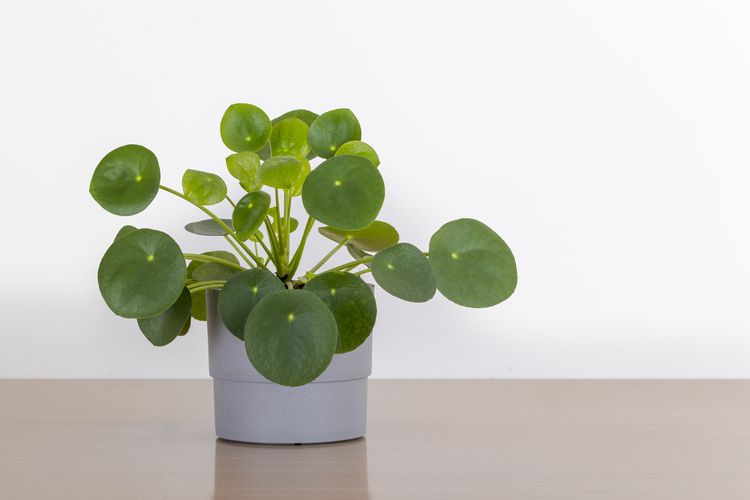
Jade Plant
Jade plants (Crassula ovata), sometimes called money trees, are popular house plants because they are generally easy to care for. They do require a good amount of light to thrive, so make sure you find a sunny spot for your jade plant.
Like the pilea, their leaves also look a bit like coins. The slow and steady growth of the jade plant can represent the steady accumulation of wealth. Their succulent leaves resemble the precious jade stone, which is considered lucky and promotes long life in feng shui.
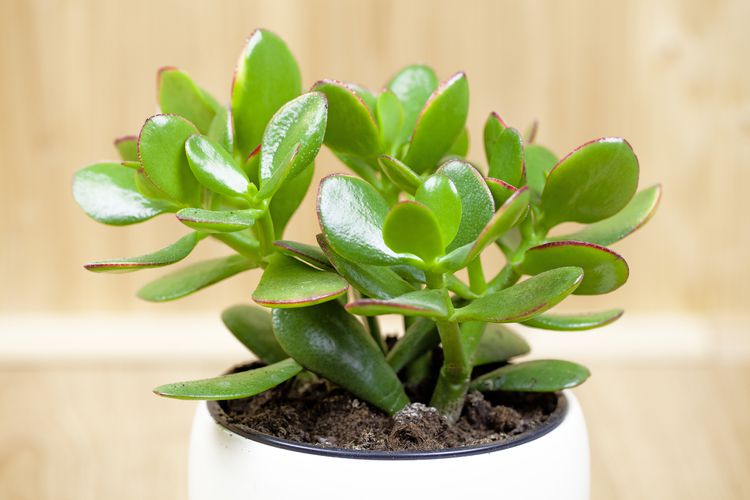
Money Tree
Pachira aquatica is often used as a feng shui adjustment to bring prosperity and good fortune. It’s also an easy plant to care for; it grows well indoors and can tolerate lower light environments.
The stems are often braided, symbolizing interconnectedness and longevity. Three stems can represent new beginnings while five stems relate to the five elements.
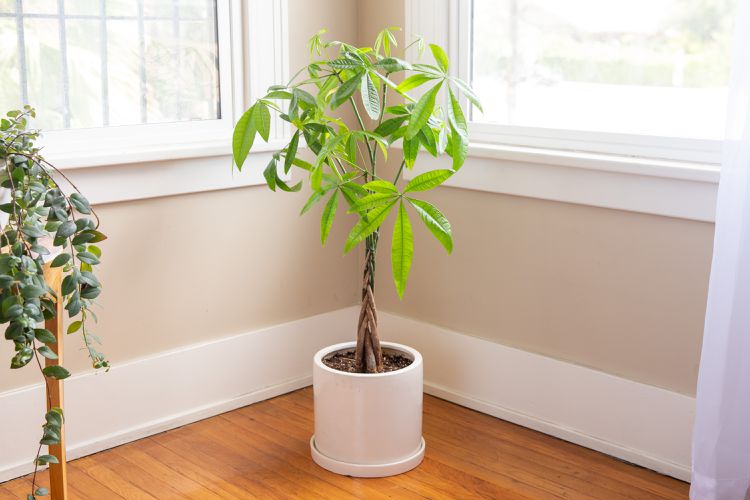
Golden Pothos
In addition to the species plant known as golden pothos, there are several nursery cultivars of Epipremnum aureum that make excellent trailing houseplants. Among these are ‘Marble Queen’ (marble queen money plant), ‘Marble Prince’, ‘and Neon’ (neon money plant). Pothosplants like bright indirect light but not direct sunlight. They don’t like to be overly wet and should be allowed to dry out before watering heavily.
The long vines of golden pothos are often used to frame the wealth center in the home, or to establish boundaries.
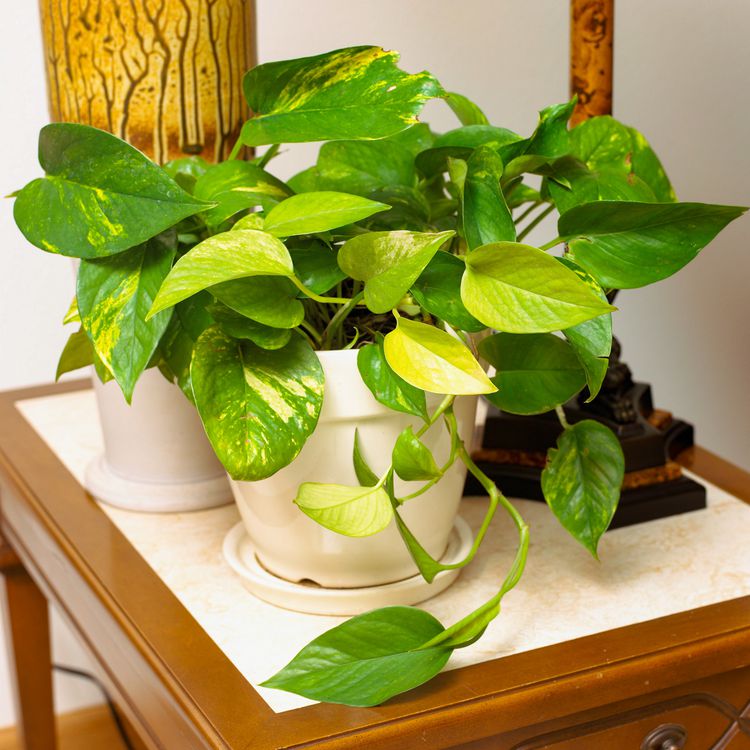
Swiss Cheese Plant
Among the many common names used for different species in the Monstera genus, there are several that are known as money plants, including M. adansonii (monkey mask money plant), M. deliciosa (split leaf money plant), and M. obliqua. Avoid overwatering this plant, as this can lead to yellowed leaves and root rot. In feng shui,Monstera plants represent growth, upward energy, and abundance; they are often placed in or around the home’s wealth center.
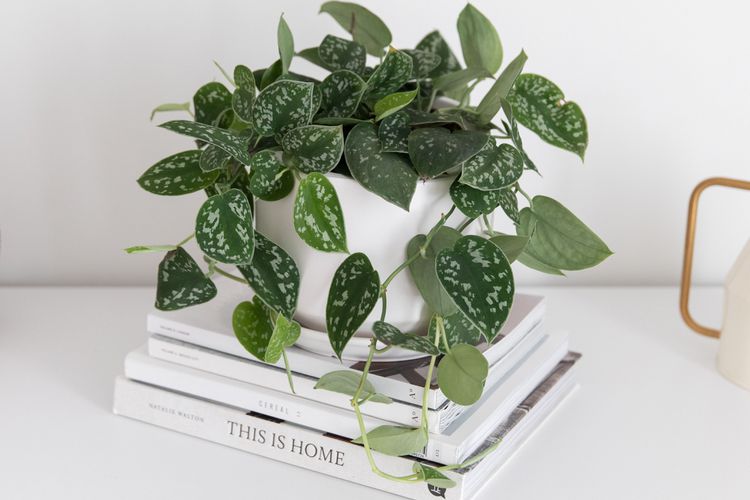
The Spruce / Letícia Almeida
Silver Satin
Scindapsus pictus, also known as silver pothos or silver money plant, is a climbing vine with silvery patterns on its green leaves. This popular indoor plant prefers bright shade and can be allowed to dry out between waterings. Fertilize monthly during the spring and summer growing seasons. In feng shui, this plant is thought to repel negative energy while fostering good energy.
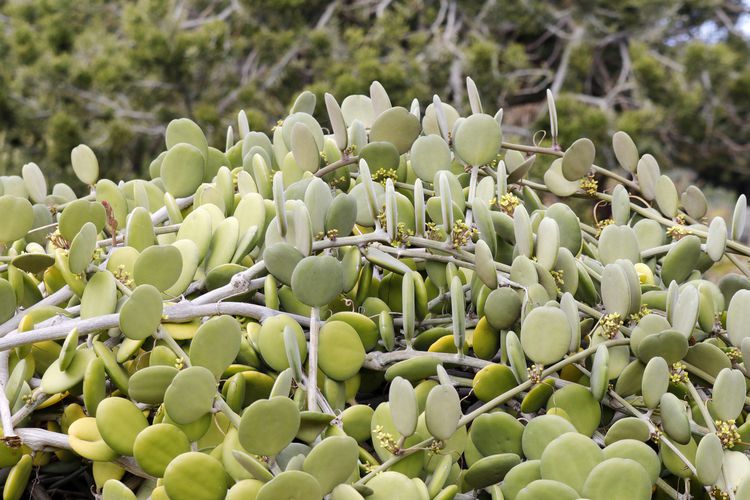
Lucky Bamboo
Lucky bamboo is a common name applied to Dracaena sanderiana. Itis not a bamboo at all, but rather a perennial herb. The stems resemble bamboo, though they are fleshy rather than hollow. Lucky bamboo has a reputation for encouraging prosperity and good fortune in feng shui practice.
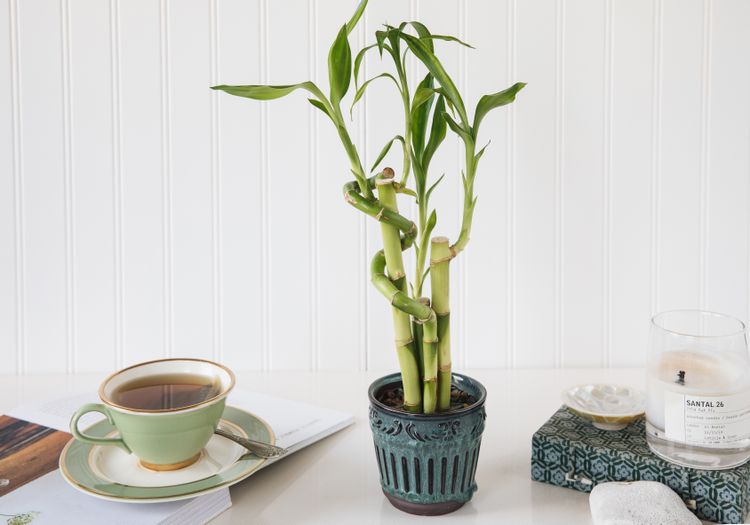
Best Locations For Money Plants
When deciding where to put your money plant, make sure you’re familiar with the needs of that plant, so you can find a place in your home where it will thrive. An unhealthy plant in the most auspicious location is still an unhealthy plant, and will not be a source of fresh and vibrant qi.
Office or Workspace
It can be beneficial to locate a money plant in your office or workspace, to invite prosperity and financial abundance in your career. You can even place it on your desk as a visual reminder of the wealth you are inviting in.
Bedroom
Money plants are also good additions to a bedroom. Your bedroom represents you, so any feng shui adjustments you make here have the potential to be very impactful in your personal life. Plants are also great for improving indoor air quality, which can be very beneficial in the bedroom since that is where we go to rest and be rejuvenated.
Wealth Corner
You can also find the wealth corner of your home and place your money plant there. To find the wealth corner, imagine a three-by-three grid (like a tic-tac-toe board) laid over your home. Stand at your front door, and find the farthest corner of the grid on your left-hand side; that’s your wealth area. You can also find the wealth area of your bedroom or office in the same way: stand in the door facing into the room and find the far left corner.
Source: The Spruce


